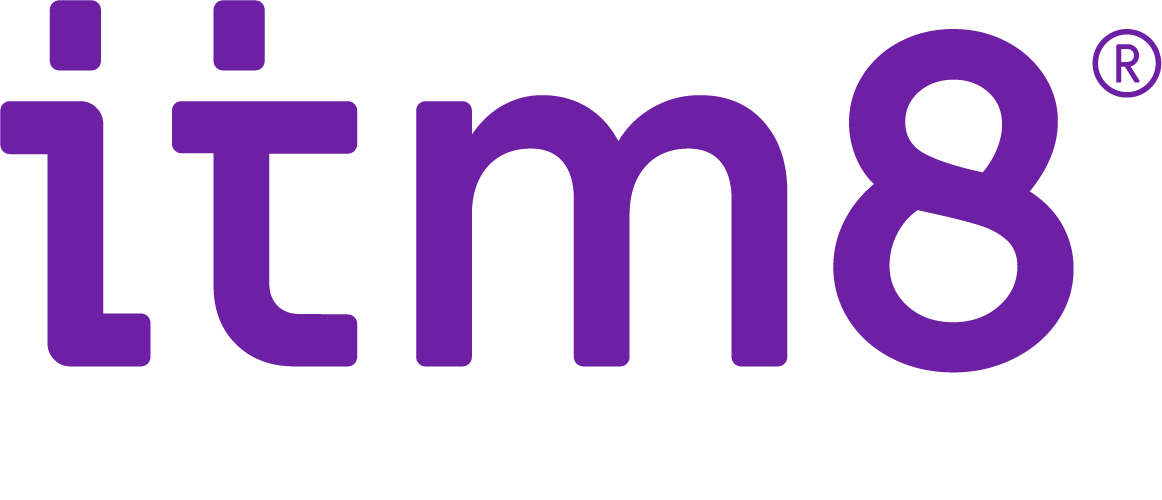Kundanpassad utbildning – nyckel för framgångsrika IT-projekt
lästid I minuter: 2
FXA 2020-jan-28 13:26:00
Vi har tidigare skrivit om vikten av kontinuerligt lärande i dagens organisationer. Men hur ser det ut i praktiken och på vilket sätt fäster kompetenshöjningen bäst hos er? Med hjälp av anpassade processer och förändringsledning kan ny kunskap förmedlas och förankras i din organisation – här berättar vi hur det går till.
Att investera i nya tekniska lösningar för med sig en ständigt möjlighet till utveckling och uppgradering; såväl av själva tekniken som i kunskaperna hos de som ska använda den.
Att få med organisationen och dess medarbetare på tåget är avgörande menar Linnéa Henriksson, som är förändringsledare på Itm8.
”Det går inte bara installera, trycka på on-knappen och så löser allt sig. Vi är en kompetenspartner som vill se till att dem vi jobbar med är uppdaterade och insatta i lösningarna” säger Linnéa.
Förståelsen ökar för utbildningens betydelse
Med hjälp av kunskapsöverföring säkerställs leveransen och ett mervärde skapas. Linnéa Henriksson är en av dem som ligger bakom utbildningarna.”Man kan göra det i en bra process, exempelvis utbildning i tips och tricks som ger de inblandade en känsla av delaktighet. På så sätt uppstår ett helt nytt värde som hjälper organisationen att bli bättre i sin kärnverksamhet. När organisationen vet hur de ska göra får de en bättre förståelse internt – vilket gör att vår tekniska leverans lever upp till förväntningarna och håller längre”, förklarar Linnéa.
Det kan tyckas vara en självklarhet att alla som gör en IT-satsning även förstår att investeringen behöver kompletteras med en kontinuerlig utbildningsplan. Men så är inte fallet.
”Nej,men vi har sett en mognadsprocess där fler inser att individen betyder mer och att människan har stor påverkan på verktyget och verktyget på människan. Fler ser hur viktig den förankringen är. För att få en långsiktig hållbarhet behöver användarna förstå hur de ska arbeta med verktygen”, säger Linnéa.
Beprövad metodik bakom processen
För att genomföra kompetenshöjningen och lägga upp utbildningar i en organisation används beprövade modeller. Det handlar mer om en process än att tänka ”några timmars lektioner i ett klassrum”.
Bland annat används ADKAR-modellen som bygger på att öka deltagarnas medvetenhet (Awareness), stärka deras engagemang (Desire), se till att kunskapen och förmågan höjs (Knowledge/Ability) och sedan förstärka och följa upp på ett strukturerat och regelbundet sätt (Reinforcement) för att förändringen ska bli framgångsrik.
”En utbildningsprocess går inte bara att lägga upp på ett enda sätt. Det händer saker under tiden och vissa förutsättningar ändras. Vissa organisationer tror först att de behöver en kort utbildningssession men inser efter ett tag att om det ska landa bra behövs en längre plan. När målet väl är tydligt kan det räcka med ett par utbildningstillfällen som är anpassade utifrån behovet för att nå dit de vill” säger Linnéa.
Utvärdering säkerställer utbildningens kvalitet
Olika individer lär sig på olika sätt så därför är en av de viktigaste delarna av utbildningen att säkerställa att alla har fått den information som de behöver.
”Vi anpassar uppföljningen beroende av vilken utbildning vi har gett. Många gånger testar vi löpande och blandar teori och praktik för att ha en aktiv utbildning. Men vi försöker också säkerställa att vi är på rätt väg och att alla är med på resan genom att samla in feedback innan och efter utbildningen. Det också vanligt att vi tar fram olika mätpunkter tillsammans med beställaren för att se att utbildningen har landat rätt, på så sätt upprätthålls att det vi har utbildat om inte glider tillbaka till det gamla vanliga”, säger Linnéa.


